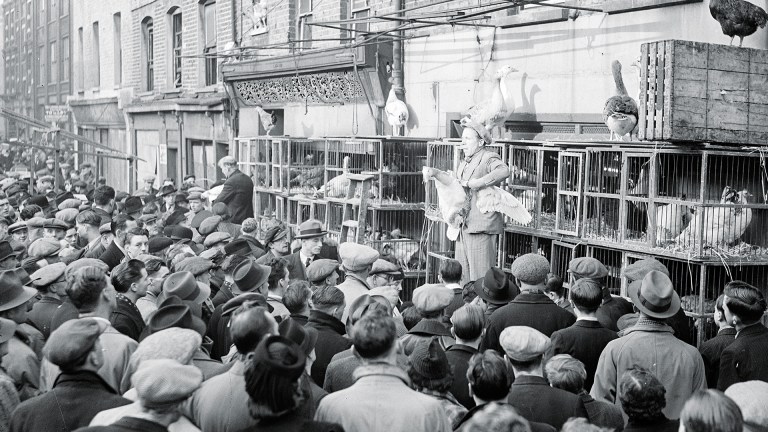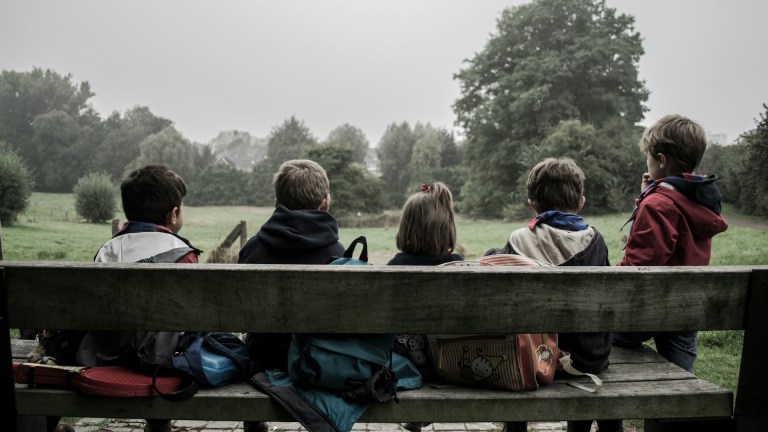If the 2024 election proved anything – aside from the fact that the majority of people who bothered to vote rid of a government that had run things for 14 long years – it reminded us that the UK is no longer a country conveniently carved up between Labour and Conservatives. So as we move into 2025 and beyond, we need to ask ourselves whether we can continue to put up with an electoral system that’s less and less fit for purpose. It’s a dysfunctional system which could open up a big opportunity for Nigel Farage and Reform.
The tendency of people to feel a degree of tribal loyalty to one or other of the big two – often based on their class identity – has actually been waning ever since researchers first began to measure it using surveys in the 1960s.
Partly as a result, and partly because it’s got more and more difficult for governments to deliver a decent, no-worries standard of living for the average Brit, we’ve occasionally seen so-called ‘third parties’ make breakthroughs, at least in terms of vote-share, though not seat-share in the Commons. The Liberals in the early 1970s and then again, in an alliance with the Social Democrats, in the 1980s are one example; the SNP is another.
- ‘It could be catastrophic’: Trump’s misogyny resonated with young men – here’s what it means for Brits
- Farmers have every right to complain – but their gripes are being hijacked by right-wing chancers
But recently this fragmentation has accelerated in both scope and pace. In part because the elections of 2010 and 2015 were followed by two contests which seemed (but only seemed) to restore the two-party regime, many of us failed to notice they signalled a further weakening of the big two’s grip on British politics. In reality, however, 2017 and 2019 were blips – pauses in the melting of an iceberg that’s starting to look unstoppable.
Such is the mainstream media’s continuing obsession with the familiar government vs opposition dynamic that it’s all too easy to ignore the underlying message of July’s results. This year Labour and the Tories together accounted for a measly 57% of the votes cast. Compare that to 82% in 2017 and 76% in 2019 – or to 1951 when the figure was, believe it or not, 97% per cent.
And look at where the rest of those votes went – not just to the familiar ‘third parties’, the Lib Dems (12%) and the SNP (2.5%) but to the Greens (7%) and, most worryingly perhaps for both of the big two, the radical right wing populists of Reform UK led by Nigel Farage (14%).









